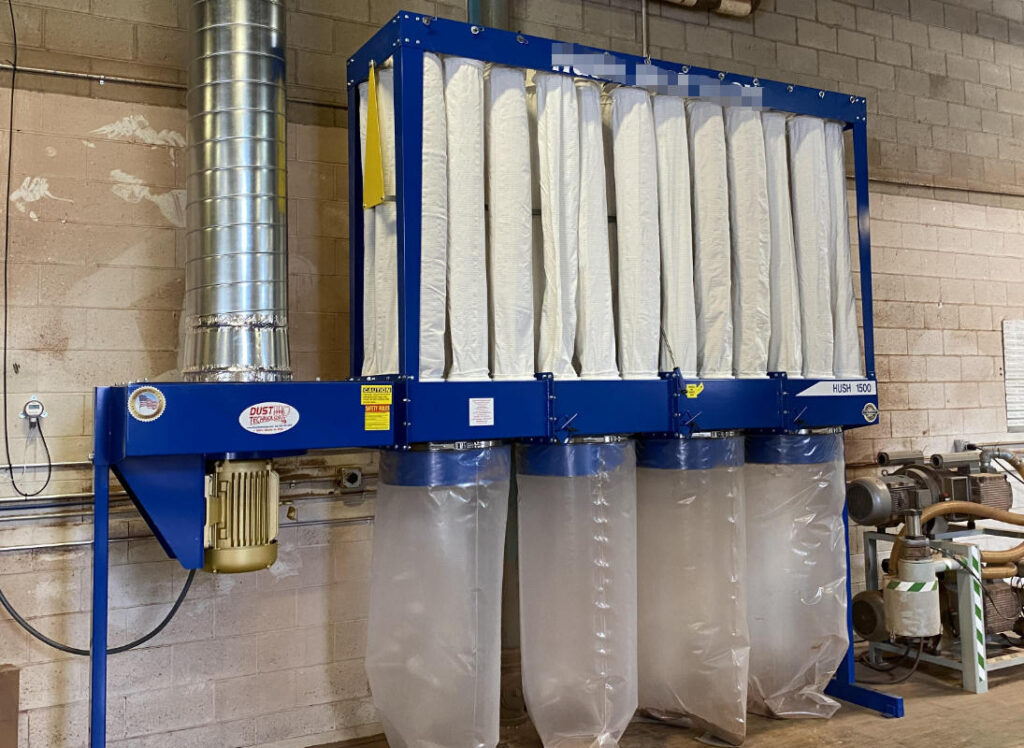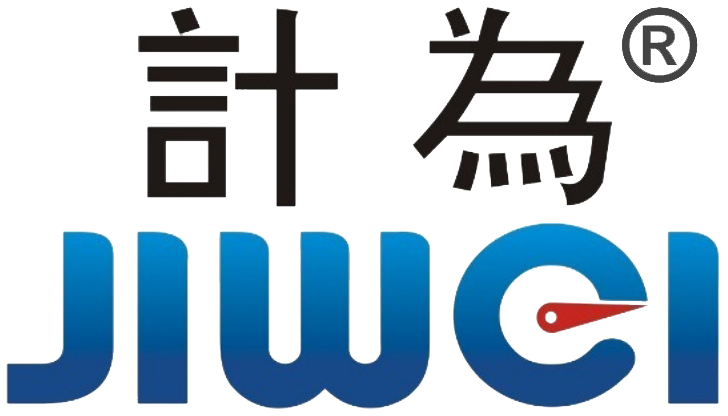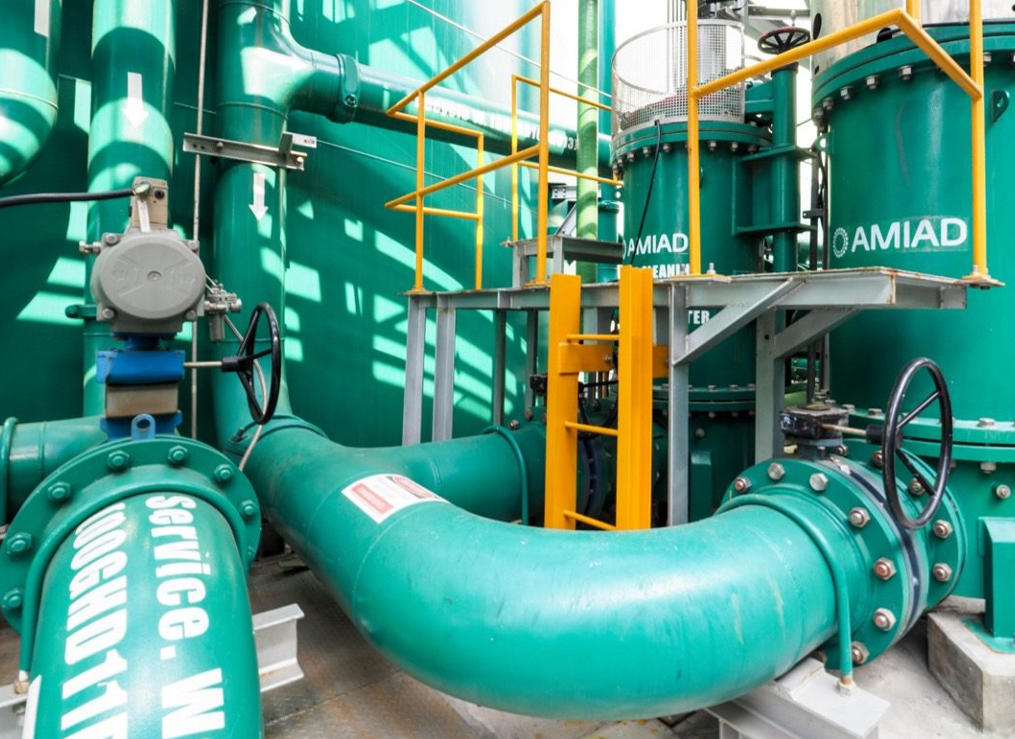Entering the Ultra-Low Emission Era: Are You Choosing the Right Dust Collection Technology?
With increasingly strict atmospheric emission standards in coal-fired power plants, particulate matter limits have entered the “ultra-low emission era” of 5mg/m³. In this context, selecting the most suitable dust collection technology has become a critical challenge for every technical engineer. This article provides an in-depth analysis covering the principles, equipment selection, and operational optimization of dust collection systems.
1. Core Principles and Performance Boundaries of Dust Collection Technologies
Traditional electrostatic precipitators (ESPs) rely on gas corona discharge principles. High-voltage electric fields charge dust particles, which then migrate toward the collection electrodes. Theoretical dust collection efficiency can be expressed as:

where A is the collection area, ω is the driving velocity, and Q is the flue gas flow rate. Efficiency improvement relies on expanding the collection area and optimizing the driving velocity. However, ESPs face a key limitation in dust resistivity. The ideal range is (10^4)-(10^{10}) Ω·cm; higher resistivity causes back corona, while lower resistivity leads to particle detachment and efficiency loss. To overcome these challenges, high-frequency power supply technology, low-temperature ESPs, and rotating electrode systems have been developed, effectively enhancing collection of high-resistivity dust and suppressing back corona.
Baghouse collectors combine deep-bed and surface filtration. Efficiency depends on multiple mechanisms, including inertial impaction, interception, and diffusion deposition. Key filter parameters include porosity, fiber fineness, and surface treatment. Maintaining porosity at 75–85% ensures high efficiency with low resistance, fiber fineness has advanced from 10–20 μm to 1–2 μm ultra-fine fibers, and PTFE impregnation improves cleaning performance. Pulse valve response time should be less than 100ms, air pressure adjustable from 0.2–0.6 MPa, and cleaning cycles are intelligently controlled to prevent over-cleaning.

Electrostatic-baghouse hybrid systems integrate ESP and filtration advantages. The upstream ESP removes 80–90% of coarse particles, reducing downstream baghouse load, lowering system resistance by 30–40%, and extending bag life by 30–50%. Coordinated operation of the two stages ensures high efficiency and stable performance, addressing limitations of conventional systems.
2. Five Key Steps: Engineering Approach from Principles to Selection
The selection process begins with coal and dust analysis, including ash composition, Si/Al ratio, Fe content, and alkali content, which determine dust resistivity and technology suitability. High Si/Al or Fe content favors ESPs; otherwise, baghouses may be preferred.
Next, operating conditions must be evaluated, including flue gas flow fluctuation, temperature, and oxygen content. Fluctuations within ±15% favor ESPs; larger variations are better suited for baghouses. Temperatures below 130°C allow baghouse use; higher temperatures require high-temperature filter media, and elevated oxygen requires oxidation-resistant design.
Economic analysis involves lifecycle cost evaluation, including electricity consumption, maintenance, and filter replacement. ESPs have higher power consumption but lower maintenance costs; baghouses have moderate energy costs but higher filter costs; hybrid systems balance performance and cost.
Site conditions are also critical. ESPs are large and require strong foundations; baghouses occupy smaller footprints but need access for filter replacement. Finally, maintenance capability matters: ESPs require high-voltage electrical expertise, baghouses need mechanical and filter management skills, and hybrids require comprehensive capabilities. Dust Collection Dust Collection
3. Operational Optimization Strategies
For ESPs, optimizing power supply and electrode layout is key. High-frequency power increases corona power by 20–30%, and optimized electrode geometry improves field uniformity while reducing back corona. Smart vibration control adjusts rapping cycles based on dust accumulation, maintaining optimal collection performance and reducing secondary dust emissions.
Baghouse optimization focuses on filter management and cleaning systems. New bags require pre-coating to form an initial dust layer. Maintaining differential pressure within an appropriate range prevents excessive energy use or frequent cleaning. Smart cleaning systems use pressure feedback and variable intervals to maintain efficiency under fluctuating loads.
Hybrid systems rely on coordinated upstream-downstream control. The ESP stage captures coarse particles, reducing downstream baghouse load. Baghouse stages maintain stable pressure and cleaning cycles, extending filter life and ensuring stable emissions. Coordination reduces system resistance and improves overall performance. Dust Collection
4. Fault Diagnosis: Practical Guide for Engineers
Common ESP issues include short circuits, voltage instability, and efficiency decline. Diagnosis involves checking electrode connections, measuring insulation resistance, and monitoring hopper dust signals. Efficiency drops require evaluating power settings, coal quality, and equipment operation.
Baghouses face bag damage and resistance abnormalities. Bag damage can be mitigated by controlling plate flatness, cage alignment, and installation protection. Resistance issues require verifying pressure measurement points, cleaning efficiency, and flue gas conditions. Fault diagnosis focuses on identifying which part of the thermal, material, flow, or control system is compromised and taking targeted corrective action.
5. Case Studies and Practical Insights
A 600MW unit using a four-field ESP initially had particulate emissions around 80mg/m³, failing to meet new standards. After retrofitting with high-frequency power and rotating electrodes, emissions stabilized below 20mg/m³, saving 500,000–600,000 kWh annually.
Another 1000MW unit adopted PTFE baghouse filters, achieving stable emissions below 5mg/m³ for three years, with filter life up to four years and better-than-expected operating costs. These cases demonstrate that optimization requires system-level coordination of thermal, material, equipment, and control factors, not isolated adjustments.
6. Future Directions and Practical Trends
Dust collection technology is moving toward ultra-low emissions, energy efficiency, and intelligent operation. Next-generation systems may control particulate emissions below 3mg/m³, integrate remote monitoring, big data analysis, and predictive alerts. Multi-pollutant control will be increasingly important, with dust collection equipment performing additional functions such as desulfurization, denitrification, and mercury removal. Engineers must follow evolving standards and technologies, combining practical conditions for optimal selection and operation, balancing environmental compliance with economic efficiency.
Conclusion: Mastering Technology to Meet Environmental Challenges
Choosing the right dust collection technology affects not only regulatory compliance but also plant economics. Engineers must fully understand regulations, grasp technical principles, make rational equipment choices, and ensure operational reliability. Only through continuous innovation and careful consideration can power plants achieve efficient, stable, and reliable systems in an era of increasingly strict environmental standards.


